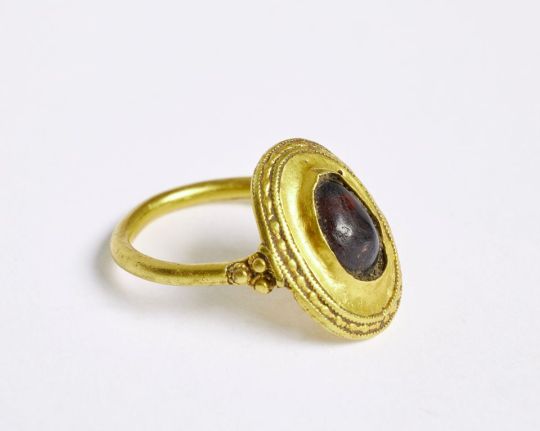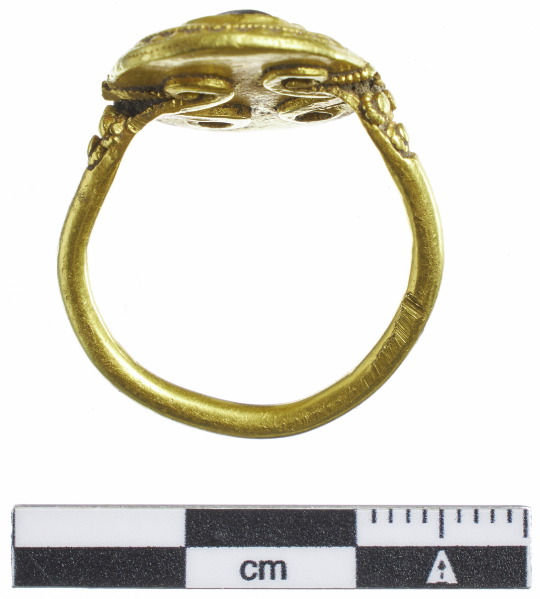#Southern Denmark
Explore tagged Tumblr posts
Text




Denmark and Ribe (2) (3) (4) by Mal Grey
#roaming the streets#people#buildings#rivers#boats#wood carving#decorative element#denmark#southern denmark#jutland
14 notes
·
View notes
Text

denmark | western australia
#photographers on tumblr#australia#western australia#original photographers#photography#landscape photography#landscape#nature photography#lensblr#nature#artists on tumblr#beach#southern ocean#oceancore#ocean#denmark wa#denmark#seaside#sea#coast#waves
869 notes
·
View notes
Text

Landeby, Southern Denmark.
132 notes
·
View notes
Text

Christoffer Wilhelm Eckersberg (Danish, 1783-1853) Telemachos møder Odysseus forklædt som tigger hos hyrden Eumaios - Odysseus; fragment af hele kompositionen, ca. 1811-12 Statens Museum for Kunst
#Christoffer Wilhelm Eckersberg#danish art#danish#denmark#1800s#art#fine art#european art#classical art#europe#european#fine arts#oil painting#europa#Telemachos#greek mythology#southern europe#cradle of civilization#greek#roman#odysseus#mythology#paris
119 notes
·
View notes
Text



Count Nikolai of Monpezat shared those pictures on his Instagram page of himself as he spends time in Southern Jutland, Denmark -November 2nd 2024.
📷 : Count Nikolai of Monpezat on Instagram.
#count nikolai#danish royal family#denmark#2024#november 2024#southern jutland#royal children#my edit
15 notes
·
View notes
Text

Stunning 1,500-Year-Old Gold Ring Unearthed in Denmark
An amateur metal detectorist in Denmark has unearthed a rare gold ring that may have belonged to a previously unknown royal family with ties to the Kingdom of France.
Lars Nielsen discovered the large, ornately decorated gold ring, set with a red semiprecious stone, while exploring Emmerlev, a parish in Southern Jutland, Denmark, according to a translated statement. The ring dates to the fifth or sixth century.
“Such a unique and one-of-a-kind find is completely surreal,” Nielsen said in the statement.
Researchers at the National Museum of Denmark determined that the piece of jewelry has much “historical significance” and may have belonged to local royalty connected to the Merovingians, a dynasty of Frankish kings who ruled over parts of what is now France, Belgium and Germany between the fifth and eighth centuries.
“The gold ring not only reveals a possible new princely family in Emmerlev, but also connects the area with one of Europe’s largest centers of power in the Iron Age,” Kirstine Pommergaard, an archaeologist and curator at the National Museum of Denmark, said in the statement.
“The gold ring is probably a woman’s ring and may have belonged to a prince’s daughter who was married to a prince in Emmerlev. Gold is typically [a] diplomatic gift, and we know that people have married into alliances.”


Exquisite craftsmanship of the gold ring
Researchers based the ring’s royal connection on its exquisite craftsmanship, which includes “well-executed spirals on the underside and trefoil knobs” where the ring and stone setting meet — a characteristic often associated with Frankish craftsmanship, according to the statement.
“It is an impressive level of craftsmanship that is difficult to imitate today,” Pommergaard said.
The ring’s red stone also offers clues to its ownership, since similar stones are well-known symbols of power in the Nordics, “while the elite gold rings of the Merovingians are typically set with a coin or a plaque, like a signet ring,” the researchers said in the statement. “This shows that the ring was to serve as a symbol of power in the Nordics.”
“Perhaps the princely family in Emmerlev had control over an area between Ribe [a town in Southwest Jutland] and Hedeby [a Danish Viking Age trading settlement in what is now Germany] and thus secured trade in the area,” Pommergaard said.
The ring’s location was a few miles away from previously found artifacts — including a collection of gold and silver coins, pottery and first-century golden horns — leading experts to think the item wasn’t lost but rather intentionally placed in the area.
“The person who had the ring probably also knew about the people who had the golden horns,” Anders Hartvig, a medieval archaeologist at Museum Sønderjylland, said in the statement.
“Maybe they were related. Together with other recent finds, it paints a picture that Southern Jutland has had a greater influence than previously thought, and that the Wadden Sea was not closed in on itself, but had an aristocratic presence with important trade links to the south.”
By Tasos Kokkinidis.

#Stunning 1500-Year-Old Gold Ring Unearthed in Denmark#Emmerlev#Southern Jutland#the Merovingians#Frankish kings#the Nordics#gold#gold jewelry#ancient jewelry#ancient artifacts#archeology#archeolgst#metal detecting#history#history news#ancient history#ancient culture#ancient civilizations
41 notes
·
View notes
Text
In the Middle Ages, alchemists were notoriously secretive and didn't share their knowledge with others. Danish Tycho Brahe was no exception. Consequently, we don't know precisely what he did in the alchemical laboratory located beneath his combined residence and observatory, Uraniborg, on the now Swedish island of Ven. Only a few of his alchemical recipes have survived, and today, there are very few remnants of his laboratory. Uraniborg was demolished after his death in 1601, and the building materials were scattered for reuse. However, during an excavation in 1988-1990, some pottery and glass shards were found in Uraniborg's old garden. These shards were believed to originate from the basement's alchemical laboratory. Five of these shards -- four glass and one ceramic -- have now undergone chemical analyses to determine which elements the original glass and ceramic containers came into contact with.
Read more.
#Materials Science#Science#Science history#Alchemy#Tycho Brahe#Glass#Ceramics#University of Southern Denmark
13 notes
·
View notes
Text

Egeskov castle. Fyn, Denmark.
#egeskov castle#fyn#funen#denmark#egeskov slot#the southern isles#frozen fever#frozen#frozen disney#hans#prince hans#hans frozen#who is this hans?#my theories#the 13th is out
24 notes
·
View notes
Text

Tønder, Region Syddanmark, Denmark and Ellhöft, Schleswig-Holstein, Germany border
#quality signs#place markers#road signs#regular ass panel on a post#tonder#tønder#region syddanmark#region of southern denmark#denmark#ellhöft#schleswigholstein#germany
2 notes
·
View notes
Photo

This Drone Seeks Out Powerlines, Docks Itself To It To Recharge
Amazing development 👍👏🏻👏🏻
Follow us for more Tech Culture and Lifestyle Stuff.
#Charging Device#Induction Charging#Research Project#Science and Knowledge#University of Southern Denmark
3 notes
·
View notes
Text

Main Gate of Our Lady Maria Cathedral in Ribe, southern Jutland, Denmark
Danish vintage postcard
#gate#carte postale#old#ansichtskarte#danish#main#maria cathedral#photo#vintage#postkaart#photography#lady#briefkaart#postkarte#ephemera#postcard#jutland#sepia#southern#denmark#postal#tarjeta#maria#ribe#cathedral#main gate of our#historic
14 notes
·
View notes
Text






Denmark and Ribe (2) (3) (4) (5) (6) by Mal Grey
#churches#wood building#traditional house#green roof#living roof#thatched roof#birds#inside a room#denmark#southern denmark#jutland
11 notes
·
View notes
Text

Ocean Beach at sunset, Denmark, Western Australia (Southern Ocean - nothing between here and Antarctica)
(C) @branchflowerphoto 2023
#original photographers#photographers on tumblr#western australia#nature photography#landscape#australia#photography#landscape photography#lensblr#nature#denmark wa#sunset#southern Ocean
28 notes
·
View notes
Text

Stoense, Southern Denmark.
51 notes
·
View notes
Text
Is prince Hans danish?? Scandinavian???
13 notes
·
View notes
Text

Where I buy my coffee beans, Denmark Western Australia ~ branchflower 2023
#photographers on tumblr#australia#western australia#photography#lensblr#landscape#nature#forest#karri forest#denmark#denmark wa#great southern
2 notes
·
View notes